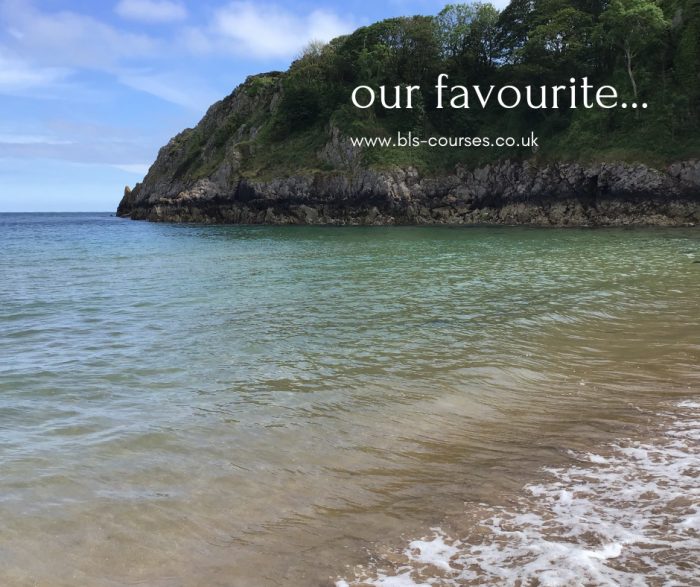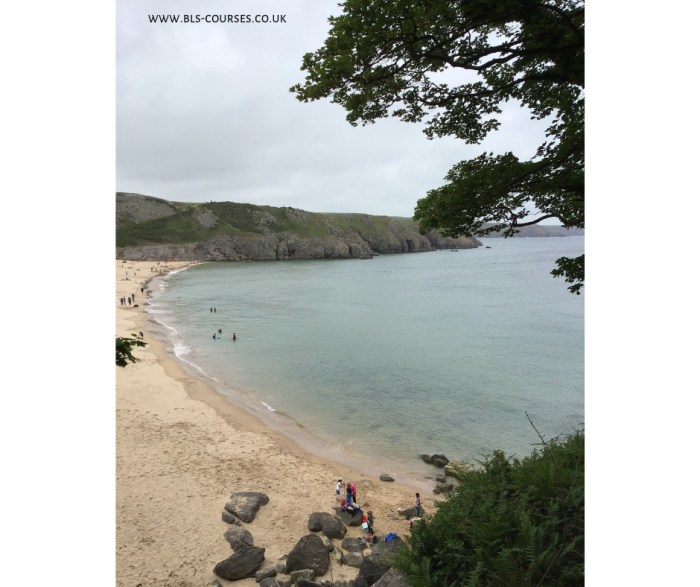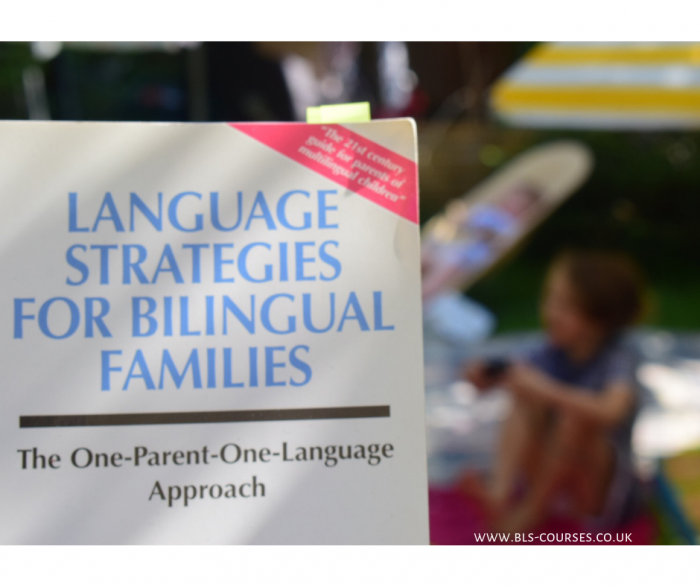Zen is a perfect bed-time read. It’ll calm you down and give you some perspective on your worries, stress, sadness, but also all the positive aspects of your life. It’s written by Shunmyō Masuno, a Japanese Zen Buddhist who very gently, but also practically, leads us into the Zen philosophy, how to enrich and simplify our lives through introducing some Zen day-to-day solutions and practices. The book is beautifully published with the illustrations designed by the talented Zanna and Harry Goldhawk. The book is divided into four main chapters and a hundred mini-chapters on how to live a more Zen life.
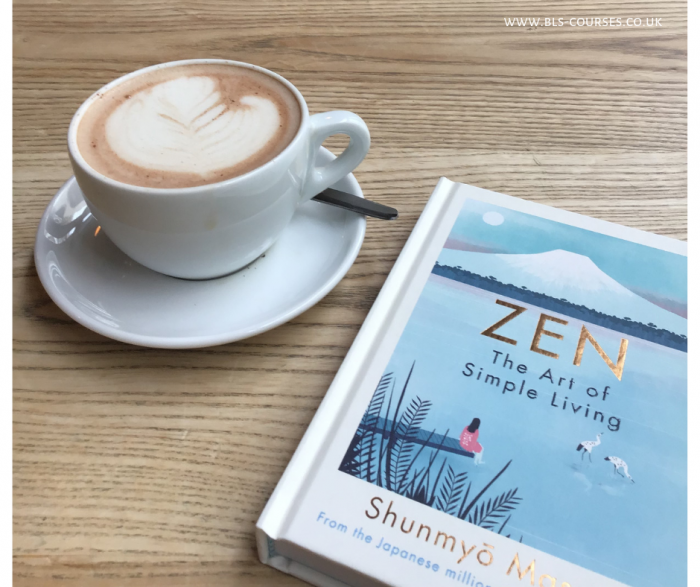
I often read the book before bed-time, depending on what I feel, I look for the right mini-chapter to resonate with my feelings (or even a heading, if I’m very sleepy). Reading the book has definitely brought more tranquillity into my life and sleep and also makes me think that everything is figureoutable and that being surrounded by nature can heal our bodies and minds.
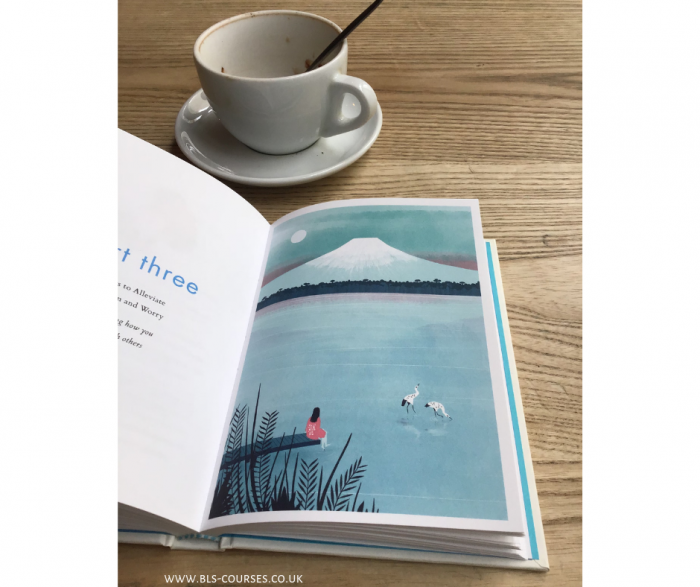
To bring the book and the Zen philosophy closer to you, below I present some of my favourite chapter titles and quotations:
Savour the morning air (p. 22)
Don’t waste time worrying about things you cannot control (p. 58)
Don’t put off what you can do today (p. 74)
You cannot regret the future (p. 74)
Try your best to do what you can now (p. 76)
Don’t be troubled by things that have not yet happened (p. 82)
Joy is to be found within yourself (p. 84)
Don’t compare yourself to others (p. 92)
Cultivate your sense of gratitude (p. 146)
See things for what they are (p. 162)
Make someone happy (p. 178)
Be here now (p. 184)
Be positive (p. 190)
Make the most of life (p. 222)
Have you read Zen. The Art of Simple Living.? What are your favourite chapters? Please let me know in the comments below.
Kinga Macalla
